Have you ever been spooked by a building? Don’t worry, you’re not alone. Gothic architecture has a reputation for being as chilling as a ghost story. But what if I told you these structures were designed to make your hair stand on end… in a totally different way?
This article goes beyond the typical “Gothic architecture is scary” narrative. It explores the historical and cultural reasons behind this perception, offering a fresh perspective on this architectural style. You’ll gain new insights into the ingenuity and beauty of Gothic design, along with resources to fuel your curiosity.
TL;DR
- Gothic architecture wasn’t meant to be scary, but awe-inspiring.
- The dark and gloomy perception stems from disrepair and the Gothic horror genre.
- The style is known for its pointed arches, ribbed vaults, and stained glass windows.
- Gothic architecture continues to be appreciated and studied today.
Have you ever stood beneath the soaring arches of a Gothic cathedral and felt a shiver creep down your spine? You’re not alone. These magnificent structures, with their gargoyles and stained glass, have a reputation for being spooky. But what if I told you that wasn’t quite the original intention?
Designed to Inspire Awe, Not Fear
Imagine stepping into a medieval church bathed in colorful light, walls adorned with vibrant paintings and sculptures depicting biblical scenes. The air hums with the sound of a choir, and sunlight streams through jewel-toned stained glass windows, casting mesmerizing patterns on the floor. This is the experience Gothic architecture was meant to create – a sense of awe and wonder, a feeling of being in the presence of something divine. The soaring heights, intricate details like ribbed vaults and flying buttresses, and vast windows were all designed to elevate the spirit and inspire religious devotion.
Lost in Translation: From Bright to Brooding
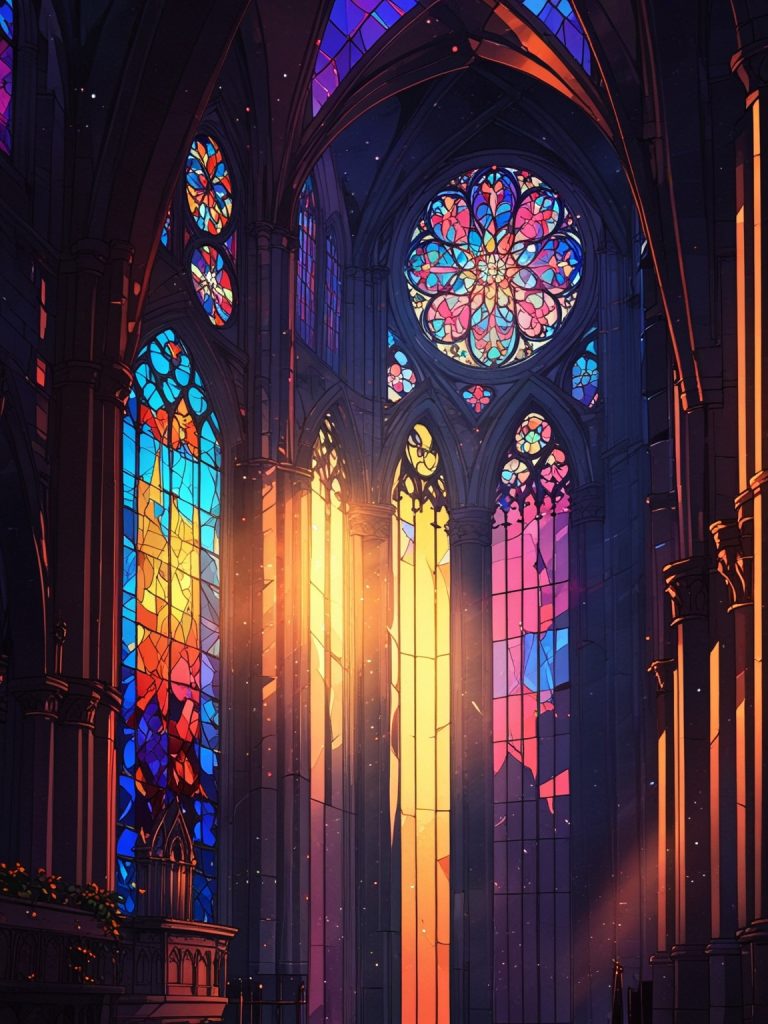
So, how did these awe-inspiring structures become associated with the macabre? The answer lies in a fascinating historical twist. After the Renaissance, with its emphasis on classical ideals of proportion and symmetry, Gothic styles were seen as “barbaric” and outdated. By the 18th century, these once-gleaming churches had fallen into disrepair. Their vibrant colors had faded, walls blackened by centuries of candle smoke, and stained glass dimmed with grime. It’s no wonder we imagine them as dark and gloomy!
The Rise of Gothic Horror
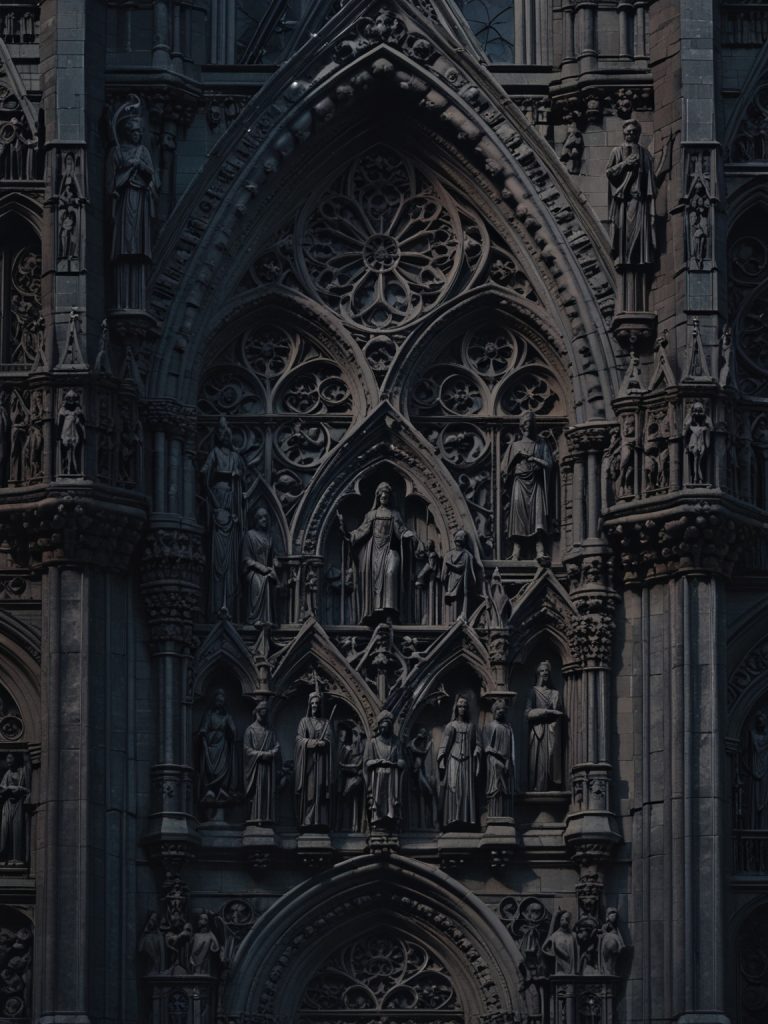
This shift in perception coincided with the rise of the Gothic novel. Authors like Bram Stoker (“Dracula”) and Edgar Allan Poe (“The Fall of the House of Usher”) found inspiration in these decaying abbeys and crumbling castles. Their chilling tales, often set against the backdrop of these brooding structures, cemented the association between Gothic architecture and horror. The crumbling stone, flickering shadows, and sense of mystery became synonymous with the genre, solidifying the image of these structures as spooky and menacing.
Beyond the Spook Factor: A Rich History Awaits
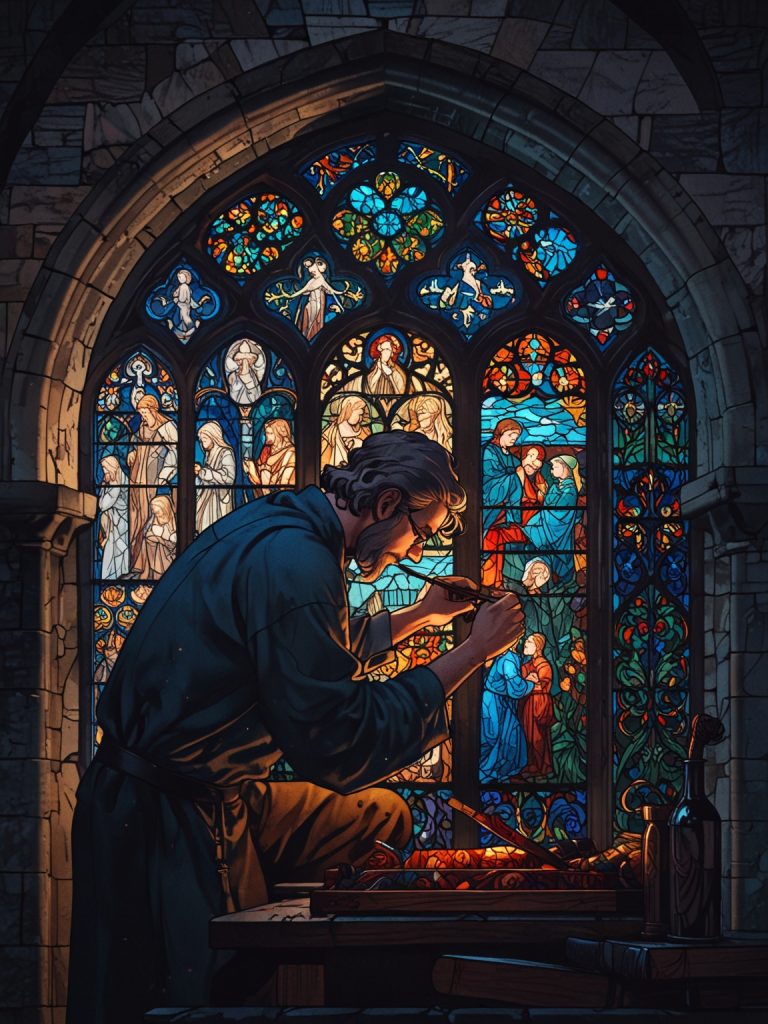
But Gothic architecture is about so much more than a spooky vibe! It’s a fascinating style with a rich history. Did you know it originated in Northern Europe during the 12th century? These early architects pushed boundaries with innovative techniques like the pointed arch and ribbed vault, creating lighter and more spacious churches compared to their Romanesque counterparts. This allowed for the massive stained glass windows that became a hallmark of the style, bathing the interior in a kaleidoscope of light and color.
A Call to Explore: Unveiling the Beauty
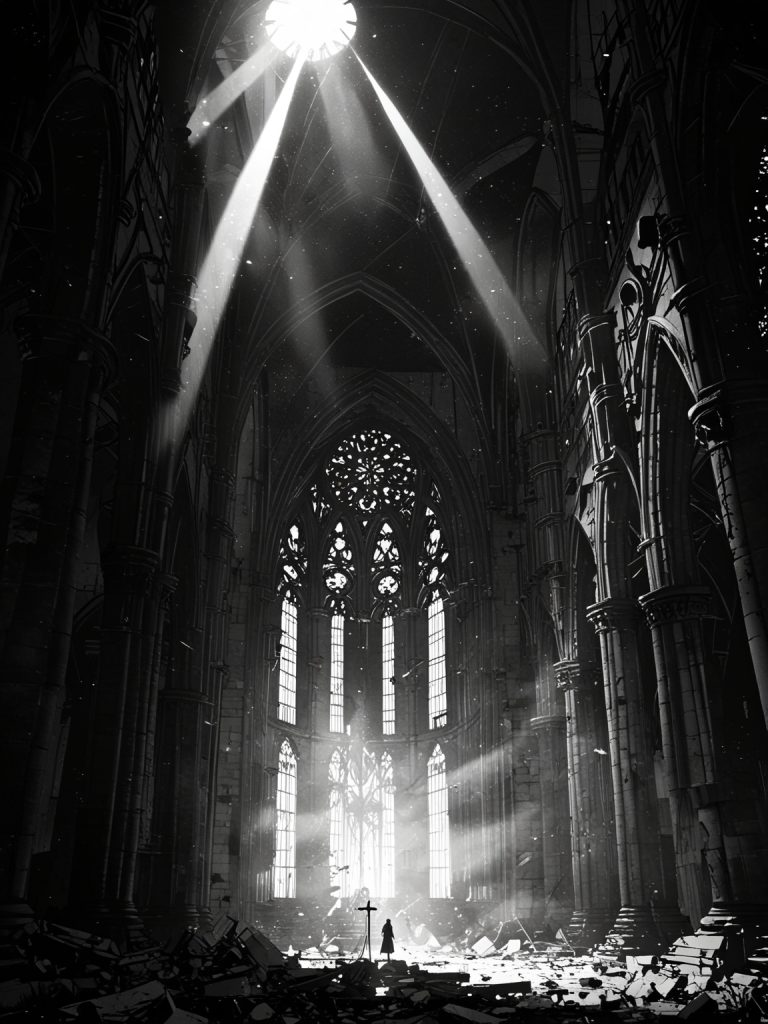
So, the next time you encounter a Gothic church, don’t just be scared. Look beyond the shadows and appreciate the architectural genius, the artistic detail, and the historical significance of these awe-inspiring structures. Imagine the vibrant colors that once adorned the walls, the brilliance of the stained glass, and the hushed reverence of worshippers centuries ago. With a little research, you can unlock the stories these buildings hold, from the ingenious engineering feats to the artistic masterpieces within.
Keeping Gothic Alive: Recent Developments in Appreciation and Preservation
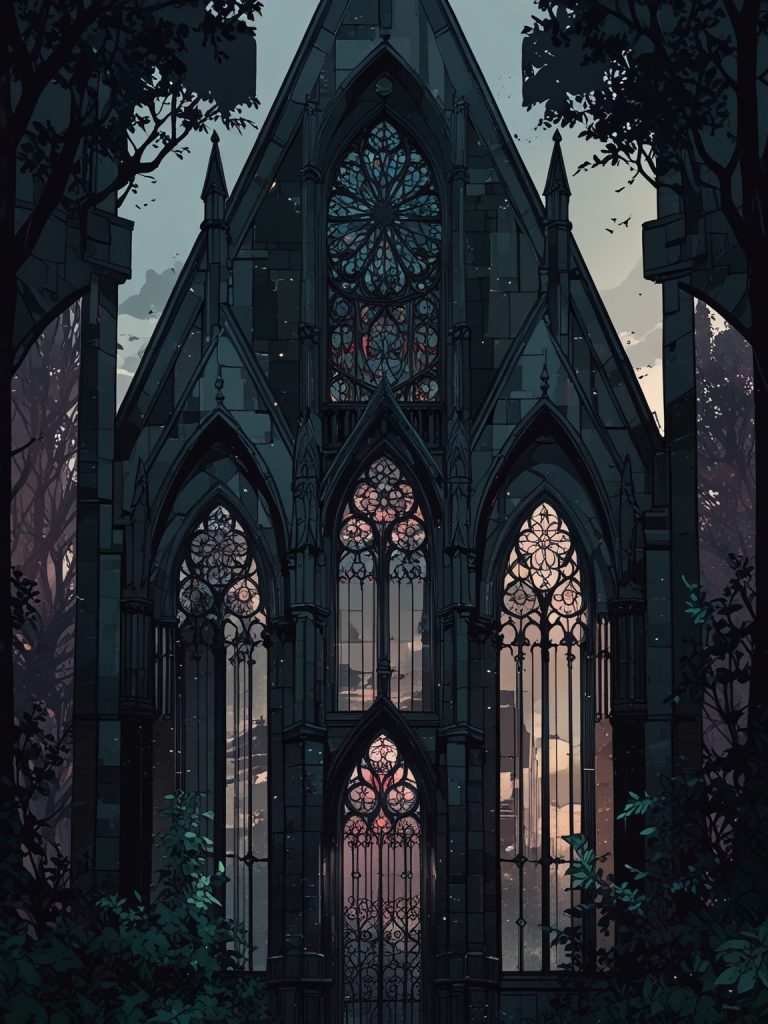
While the Gothic style may have originated centuries ago, interest in its preservation and appreciation continues to this day. Here are a few recent examples that highlight this ongoing fascination:
- 2019 Notre Dame Fire Restoration
In April 2019, a devastating fire ripped through the Notre Dame Cathedral in Paris, a prime example of French Gothic architecture. The fire sparked a global outpouring of grief and a commitment to the cathedral’s restoration. President Emmanuel Macron pledged to rebuild Notre Dame “exactly as it was,” and a €1 billion fundraising campaign was launched to support the effort. The restoration is expected to be completed by the end of 2024 (Source).
This event not only showcased the enduring cultural significance of Gothic architecture but also the international effort to preserve these irreplaceable structures.
- The Rise of Digital Gothic Experiences
With advancements in technology, new ways to experience Gothic architecture are emerging. In 2021, the Metropolitan Museum of Art’s “The Cloisters” department launched a digital exhibition titled “Building the Medieval World.” (Source) This virtual tour allows viewers to explore the intricacies of Gothic architecture from the comfort of their homes, using 3D scans and interactive features.
This development demonstrates how technology can bridge the gap between physical structures and a wider audience, fostering appreciation for Gothic architecture in the digital age.
- Gothic Architectural Influences in Contemporary Design
While Gothic architecture may not be the dominant style in modern construction, its influence can still be seen in contemporary design. In 2020, Kengo Kuma, a renowned Japanese architect, unveiled the design for a new cathedral intervention in Coutances, France. (Source) The design incorporates elements of Gothic ribbed vaulting with a modern, minimalist aesthetic, showcasing how Gothic principles can be reinterpreted for the 21st century.
This example highlights the enduring influence of Gothic architecture on contemporary design, inspiring architects to find new ways to integrate these historical elements into modern structures.
Ready to Dive Deeper?
Feeling curious to learn more about the wonders of Gothic architecture? Here are some resources to get you started:
- Books:
- “Gothic Wonder” by Paul Binski
- “The Gothic Revival” by Kenneth Clark
- Websites:
- [The Metropolitan Museum of Art’s Gothic Art Guide](link to The Metropolitan Museum of Art’s Gothic Art Guide)
- [The Society for Medieval Christian Studies](link to The Society for Medieval Christian Studies)
Let Gothic architecture transport you beyond the realm of spooky movies and into a world of artistic innovation, religious fervor, and historical intrigue. You might just be surprised by the beauty you discover. So, the next time you encounter a Gothic cathedral, don’t just be scared stiff. Look beyond the shadows and appreciate the brilliance. You might just discover that Gothic architecture isn’t just spooky, it’s enough to raise the roof… of your expectations.







